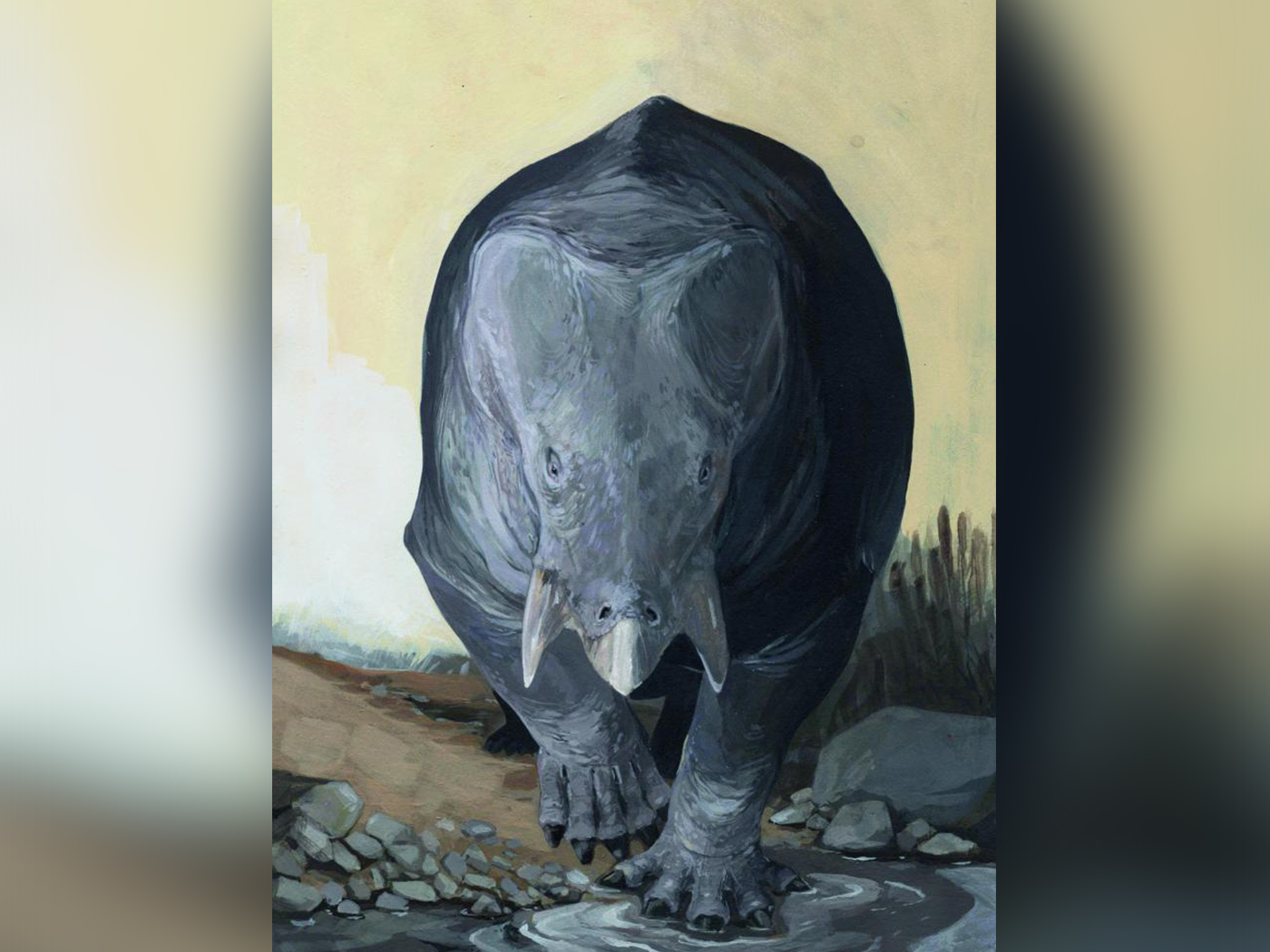A new discovery forced a rewrite of bird evolution. Chinese fossil discoveries ballooned the number of birds found among dinosaur-containing rocks. Until now, the oldest Chinese fossil birds, found in Lower Cretaceous deposits, had unique anatomies that seemed better suited for climbing or occasional gliding than for powered flight like most modern birds.1 However, Upper Cretaceous deposits have long revealed modern-looking bird anatomies. The supposed time difference between Lower and Upper layers permitted around 40 million years for modern bird anatomy to evolve. But it only takes one good fact to shoot a bad story out of the sky.
It only takes one good fact to shoot a bad story out of the sky. ![]()
This new find, the Lower Cretaceous Enantiornithine bird fossil named Pterygornis dapingfangensis, had fully fused arm bones that formed the same rigid type of wings that today’s birds use for powered flight. It also had fused pelvic bones like modern birds. Steve Brusatte of the University of Edinburgh reviewed the report and told the BBC, “These are fundamental features of the modern bird blueprint, and are integral to giving birds the strength and rigidity needed to fly.”2
They may have been rare, but this newfound fossil proves that fully formed flyers lived and died among those swamp plants and animals entombed in Lower Cretaceous sediments. Will evolution’s defenders continue to assert that these supposedly oldest birds—with their unique anatomies—evolved into the Upper Cretaceous (and modern bird) anatomy now that we know the modern bird anatomical setup was there all along?
Fully formed flyers lived and died among those swamp plants and animals... ![]()
This find fulfills a creation-based prediction. Back in 2009, Creation researcher Mike Oard summarized several fossil discoveries that expanded evolutionary time frames for key transitions, similar to the supposed transition to modern bird anatomy. After summarizing evolutionary rewrites of the first instances of internal fertilization inferred from fossils and human art inferred from archaeology, Oard wrote, “The trend should continue, which would more and more support creation and go against evolution. It is consistent with the original creation of each kind but with a certain inbuilt variety, just as stated in Genesis 1.”3
Oard found more fossils the following year. He summarized over a dozen examples in the Journal of Creation that expand the time ranges for supposed evolutionary innovations.4 Evolutionists claimed that Tiktaalik is an evolutionary transition between fish and amphibians, but the discovery of fully formed amphibian trackways in layers deposited before Tiktaalik debunk this iconic fossil. Another article listed seven more fossil discoveries that stretch evolutionary time beyond credibility.5 Now, this surprisingly early occurrence of modern flying bird anatomy joins the long list.
This find fulfills a creation-based prediction. ![]()
Mike Oard was right. The trend continues with this modern bird anatomy found so far out of its evolutionary place. Each rewrite reveals the weakness of speculative evolutionary stories and highlights how well Genesis creation and the Flood fit the fossil record. If God created every basic bird kind in the beginning, then we shouldn’t be surprised when they appear fully formed among various other fossils.
References
- Thomas, B. 2017. Actual Feathers on Mystery Fossil Indicate ‘Bird.’ Acts & Facts. 46 (5): 15.
- Briggs, H. New evidence on how birds took to the air. BBC News. Posted on bbc.com October 10, 2017, accessed October 10, 2017.
- Oard, M. J. 2009. Evolutionary fossil-time ranges continue to expand. Journal of Creation. 23 (3): 14-15.
- Oard, M. J. 2010. Further expansion of evolutionary fossil time ranges. Journal of Creation. 24 (3): 5-7.
- Oard, M. J. 2014. Fossil time ranges continue to be increased. Journal of Creation. 28 (3): 3-4.
*Brian Thomas is Science Writer at the Institute for Creation Research.
Article posted on November 6, 2017.























